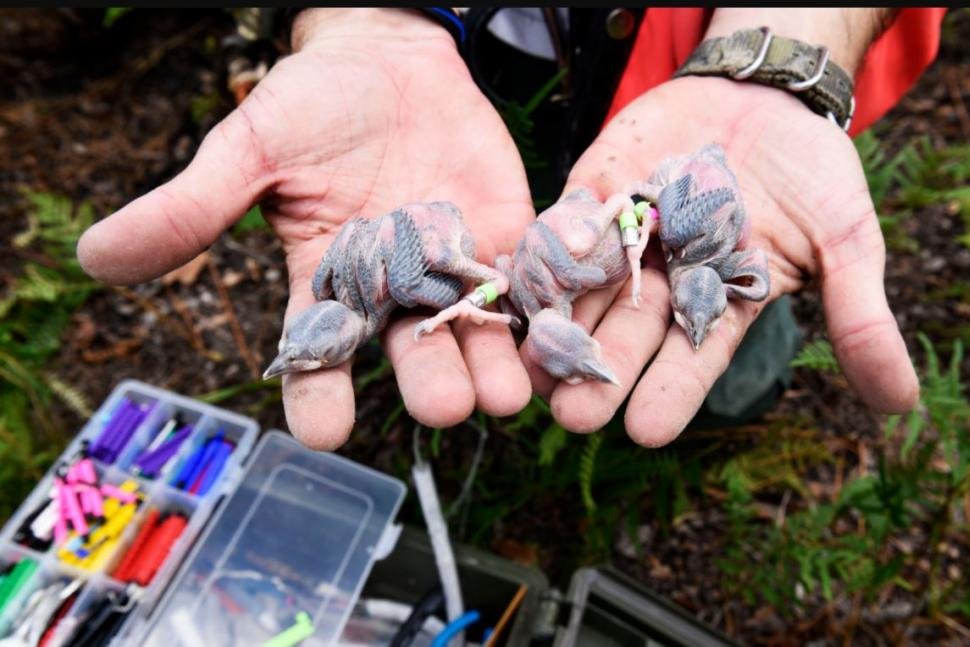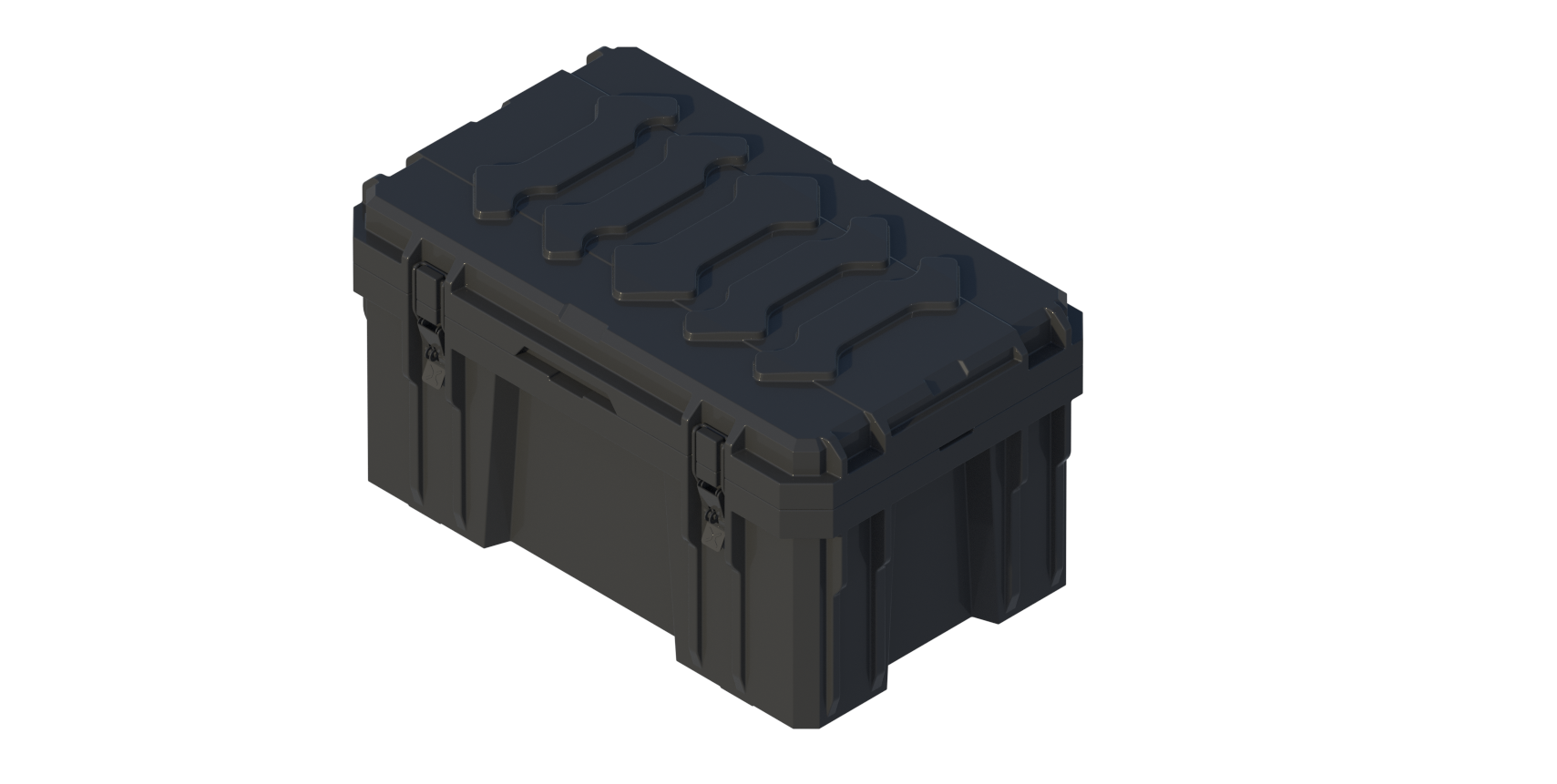In today's world where technology is advancing rapidly, we cannot deny the impact it has on a wide range of industries, including conservation and preservation. Intel drones have shown to be highly beneficial in this regard, as they can survey, monitor and assess repairs in a rapid and efficient manner. This is exemplified in the case study of the Halberstadt Cathedral in Germany.

The Halberstadt Cathedral has a rich history dating back to the 12th century and has undergone several repairs and renovations over time. However, due to its age and constant exposure to environmental factors, there was a need to assess its current condition in detail. This is where Intel drones came in handy, equipped with high-resolution cameras and thermal imaging capabilities, which were used to inspect the exterior, interior, and roof of the cathedral with great precision.
The use of Intel drones ensured that the survey was done accurately and safely, providing the team responsible for maintaining the cathedral with vital information that could be used to carry out efficient repairs. Moreover, the drones could access areas that were difficult for humans to reach, such as the roof of the cathedral, providing an in-depth assessment of the structure, highlighting potential issues that were not detected previously.
The conservation of such an important historical structure requires accurate information, and the use of Intel drones helps to provide just that. The technology ensures less disruption to the cathedral's day to day activities, reduces time, and provides a fast and efficient assessment of the current condition of the cathedral. Furthermore, the detailed information gathered by the drones can aid in identifying the structural integrity of the building, thus preventing any further damage that could be caused by structural issues.
Intel has set the bar high with its drone technology, proving to be a valuable asset in aiding conservation and preservation efforts. The drones provide an aerial view of the area, which is beneficial in monitoring the progress of restorative work, ensuring work is carried out according to the exact specifications of the restoration plan.
As a society, it is imperative that we preserve our history and culture for future generations to enjoy. Intel drones have opened up new possibilities for conservation and preservation efforts, as well as providing greater insight for research purposes. The use of the technology has proven to not only be useful for monitoring and assessing repairs but also for mapping areas that are too dangerous or difficult to reach.
In conclusion, the use of Intel drones in conservation and preservation efforts has proven to be highly beneficial. The technology provides an aerial view of the area, which is beneficial in monitoring restoration efforts. It also allows for more comprehensive and detailed assessments, which make it easier to identify current damage and potential structural issues. The preservation of historical sites and buildings is not only important for maintaining our heritage but it also helps us to learn from the past and to appreciate the lives and work of those who lived before us. With the rapid advances in technology, it is reassuring to know that we can leverage it to ensure preservation for future generations.

